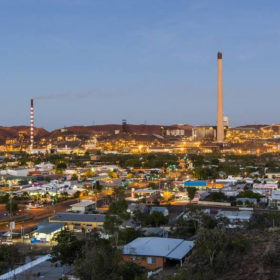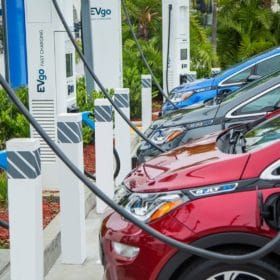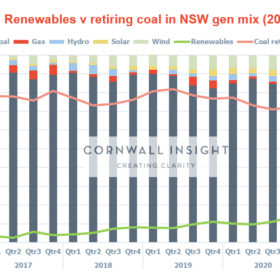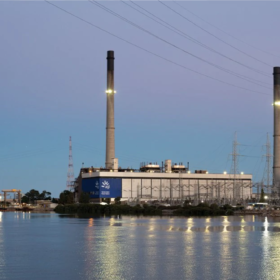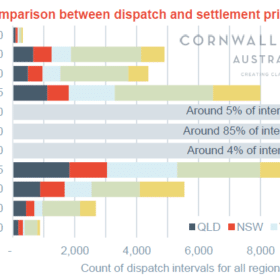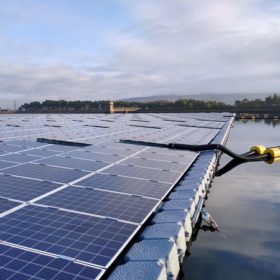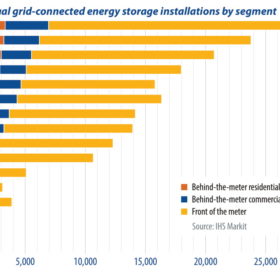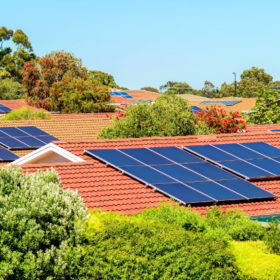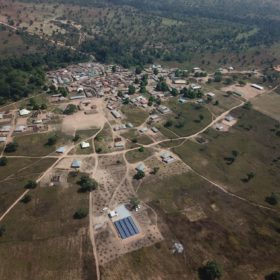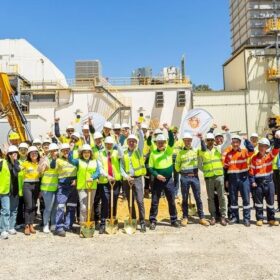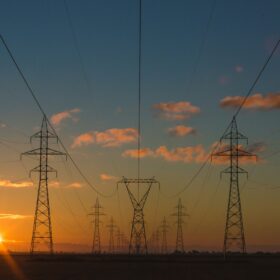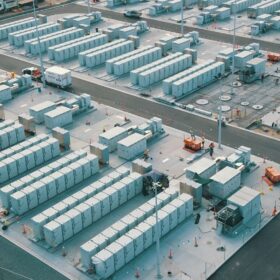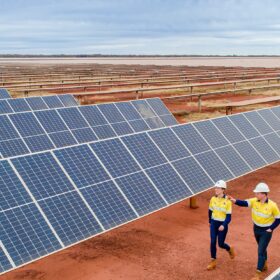Australia-China relations continue to sour
Last week’s announcement by China’s National Development and Reform Commission (NDRC) that it has indefinitely suspended all high-level economic dialogue with Australia indicates Beijing’s increasing willingness to target trade in its dispute with Canberra. With China buying around a third of everything Australia exports on a value basis, the downward spiral in Sino-Australian diplomatic relations is clearly of concern.
Lack of renewable investment a missed opportunity
As the world acts on climate change and transitions to renewable energy, Australia has a once-in-a-century opportunity. Rich in renewable resources, we are in pole position to become a renewable energy superpower. But based on Tuesday’s federal budget, when compared to the investment other countries are making, we risk being left behind.
The budget should have been a road to Australia’s low-emissions future. Instead, it’s a flight of fancy
Professor John Quiggin from the School of Economics at the University of Queensland on where the federal budget falls down.
Energy is neither created nor destroyed; it just transitions
Last November, the NSW government announced its Electricity Infrastructure Roadmap which is expected to attract up to $32 billion in private investment for renewable energy infrastructure by 2030. The Roadmap aims to unlock 12GW of new renewable energy capacity from selected Renewable Energy Zones (REZs) with an additional 2GW in storage. Last month, the state government progressed its plans as it opened consultations on “specific urgent and mechanical policy details” on regulations needed to implement the Roadmap.
Paying Australia’s coal-fired power stations to stay open longer is bad for consumers and the planet
Australian governments are busy designing the nation’s transition to a clean energy future. Unfortunately, in a misguided effort to ensure electricity supplies remain affordable and reliable, governments are considering a move that would effectively pay Australia’s old, polluting coal-fired power stations to stay open longer.
5MS is coming but it still remains a known unknown
The shift from 30-minute settlement to 5-minute settlement (5MS) is fast approaching – 162 days away but who’s counting.
Floating solar farms could cool down lakes threatened by climate change
Solar power is now the cheapest source of electricity in history, according to a 2020 report by the International Energy Agency. But there’s something holding this clean energy powerhouse back: space.
Strong growth ahead for international battery storage markets
Annual battery storage installations will exceed 10 GW/28 GWh in 2021, following a particularly strong year in 2020, despite the challenges created by the global pandemic, writes IHS Markit analyst Mike Longson. Combined solar and storage will be a core focus for new deployment in 2021, as the front-of-the-meter and behind-the-meter energy storage markets are both expected to grow significantly in the months ahead.
Now they want to charge households for exporting solar electricity to the grid — it’ll send the system backwards
It’s come to this. The Australian Energy Markets Commission has produced a draft decision that will make households and small business with solar panels pay to inject their surplus production into the grid.
We need an energy access revolution: A new approach to innovation can help
840 million people still don’t have access to electricity today, according to the World Bank. But the radical decrease in the cost of the green technologies of solar and battery storage provides an unparalleled opportunity to close this gap and achieve universal electricity access by 2030.

